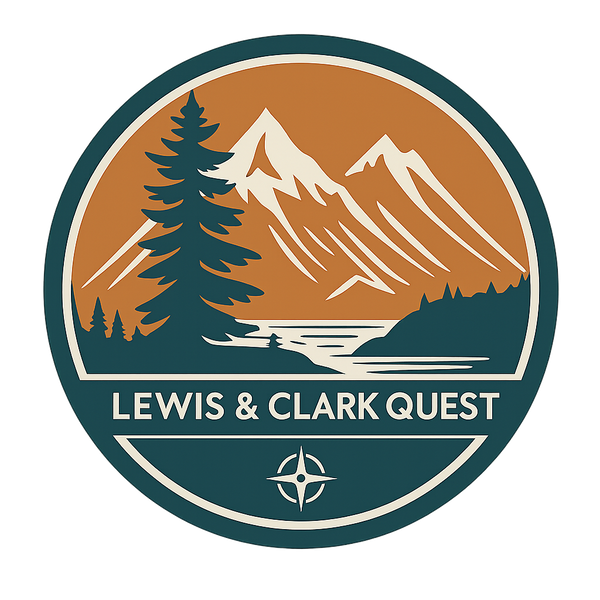
What the Original Journals Reveal About the Northwest’s Past
Share
By the light of oil lamps and campfires, they wrote. What they left behind is more than just a record of a journey — it’s a window into a land, a people, and a past reshaped by time.
When Lewis & Clark put pen to paper on their famed expedition, they weren’t writing for clicks or acclaim. They were documenting for posterity — sketching animals, noting weather patterns, transcribing tribal words phonetically, and describing every twist of the Missouri and Columbia rivers.
But these journals aren’t just adventure logs. They’re living documents — complex, flawed, and fascinating. And they reveal as much about the Northwest’s past as they do about the men who walked it.
Here’s what you can discover if you read them with the right lens:
1. A Land in Transition
The Pacific Northwest in 1805 was not untouched wilderness — it was home to thriving Indigenous nations with complex economies, trade routes, and political structures. The journals describe bustling villages, vast fishing operations, and expertly crafted canoes.
Lewis described the Columbia River teeming with salmon. Clark marveled at the cedar plank homes and woven garments of Chinook and Clatsop peoples. What they were witnessing wasn’t “discovery” — it was contact with a deeply rooted, well-adapted civilization.
2. Flora, Fauna, and First Sightings
The journals include hundreds of first encounters: the prairie dog, the grizzly bear, the western meadowlark, and plants like the Oregon grape. These were unknown to Eastern science, and often noted with a mix of awe and fear.
Their sketches and notes became the earliest scientific records of these species — but also reveal a mindset shaped by curiosity and conquest. They often evaluated plants by utility: Could this be food? Medicine? A trade item?
3. Misunderstandings and Misnamings
Many of the place names and tribal names written in the journals were phonetic guesses. Clark would spell the same word three different ways in a single entry. This reflects both the limitations of their understanding and the erasure that came after.
Still, in those jumbled spellings and marginalia are fragments of Native languages now endangered — accidental preservation born of intent to record.
4. A Harsh and Beautiful Landscape
From raging rivers to snowbound mountain passes, the journals portray a land that challenged every expectation. Lewis wrote with reverence about towering pines and “sublimely grand” vistas. Clark, ever the realist, often noted sore feet and food shortages.
Together, their words sketch a raw, majestic portrait of the Northwest — one that shaped America’s imagination for generations.
5. Power, Politics, and Foreshadowing
While the journals record gifts exchanged and peaceful diplomacy, they also show a darker undertone: the assumption of U.S. entitlement to the land. The expedition planted flags, gave medals, and read proclamations to tribal leaders — signaling a new era of encroachment.
In retrospect, these pages foreshadow the treaties broken, the displacements to come, and the myths that would grow around “manifest destiny.”
Why It Still Matters
We’re floating the same rivers. Walking some of the same paths. But we’re doing it with eyes wide open, knowing that the land Lewis & Clark saw was already old, already inhabited, already rich with meaning.
Their journals are not gospel — but they’re invaluable. By reading them critically, we reconnect with the Northwest’s layered past and remind ourselves that every journey, even ours, happens on someone else’s homeland.
Follow Along
We’ll be sharing more journal excerpts, comparisons to our modern route, and stories from the communities we meet along the way.
Subscribe for updates and step back into history with us.
